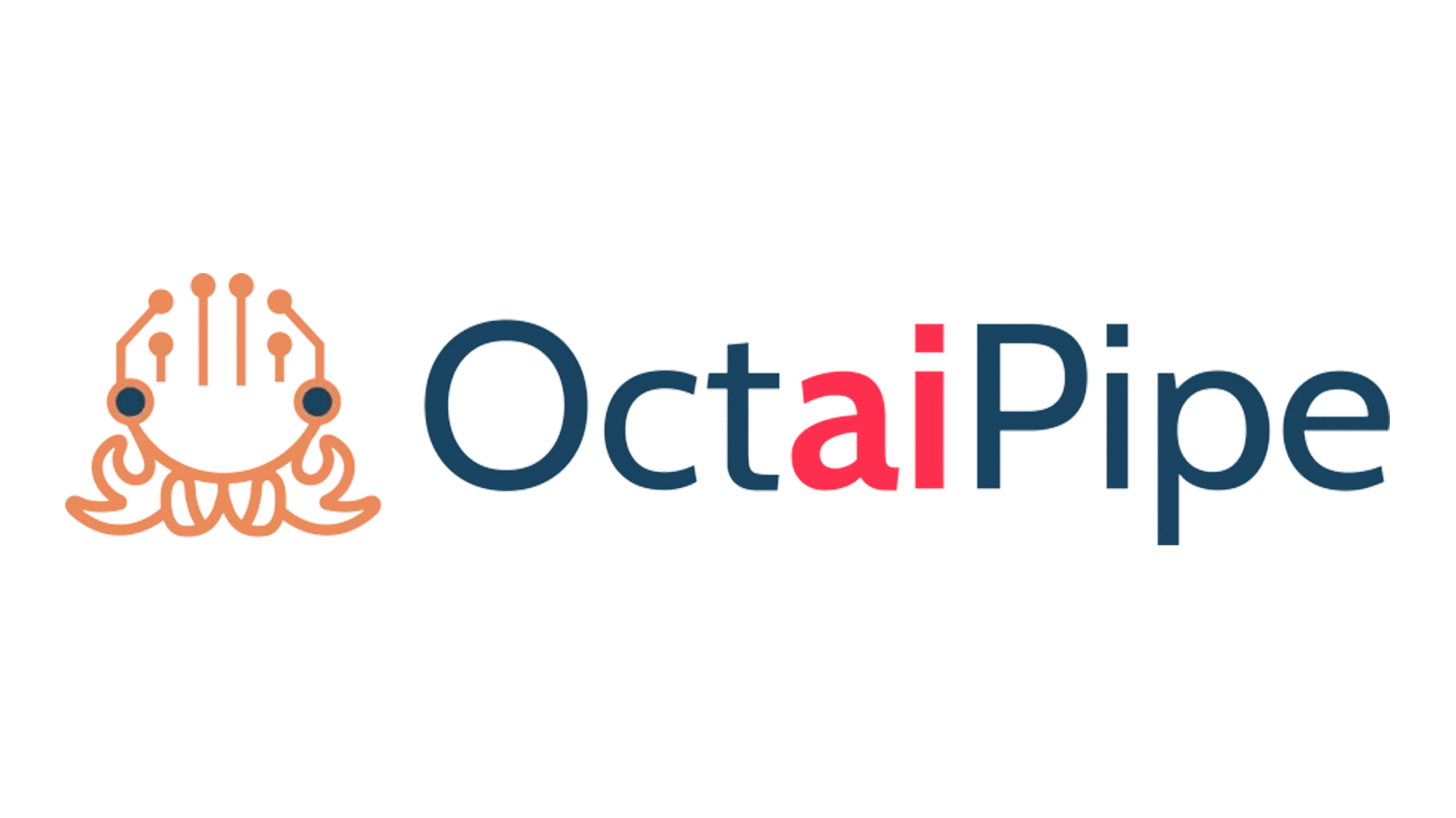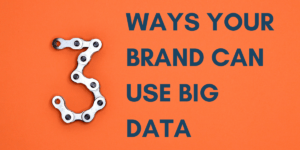How do brands use Big Data & Machine Learning throughout the customer experience to improve their performance? We outline 3 ways to get started using data.
Analysing the data that your business generates is vital to ensuring that you stay ahead in an increasingly competitive landscape. Businesses who adopt data-driven marketing are six times more likely to be profitable year-over-year, and they are more likely to have an advantage over competition (ADS, 2018).
Today, data-driven marketing is either embedded or strategic for 78% of marketers and 64% of marketing executives are in strong agreement that data-driven marketing is crucial to success in a hyper-competitive global economy (CMO, 2016). For brands, choosing to let your data build-up without taking a more in-depth look at it is the business equivalent of sleeping on a gold mine, especially during the festive season.

Spotify, for instance, has been using Big Data & Machine Learning to deliver customised playlists to +217M active listeners worldwide (Statista, 2019). Their Discover Weekly feature builds a personalised playlist for its users based on their listening and browsing history.
Since thousands of people listen to music every day, Spotify has a vast scope for collecting data from their users. This allows them to gain deep insights into user habits and preferences.
This is only one example of where brands use big data & machine learning to bring huge business benefits. What could you do?
Boost Revenues through Product Recommendation Engines
Consumer data offers businesses a means of gaining a deeper understanding of their customers’ demands and how to meet them. With the increasing engagement in the digital domain, brands can use ML-driven recommendation engines to predict and recommend other products or services relevant to their customer. Creating the ultimate cross-selling, up-selling, all-selling digital salesperson.
Let’s take the online retail giant Amazon as an example. They use customer data to deliver targeted marketing to an individual through select promotions and notifications based on their profile. If you were to add a video game to your Amazon shopping cart, Amazon recommends similar games purchased by other users or product bundles to encourage you to make additional purchases. This method generates a whopping 35% of Amazon’s sales annually (McKinsey, 2013), and when it works, also improves customer experience.
Improve Conversion through Personalisation
Brands can use personalisation engines to improve customer experience by providing the right information, in the right format, at the right time, and deliver more intelligent, machine learning-driven recommendations to their customers. This can vary from simply changing the colour or message of a landing page depending on the time of day or year. To changing the sequence, content or timing of pages as you navigate a site.
Very.co.uk is another great example of delivering a weather-sensitive landing page depending on whether it’s a hot or cold day. An approach that reportedly increased revenue by £5m (Internet Retailing, 2015).
As highlighted in the Amazon example, recommendation engines make a major contribution to Amazon’s revenues by up-selling and cross-selling products. But you’ve got to make sure you can convert a prospect in the first place. This is where personalisation engines play their part.
Optimising your Pricing Strategy

Price is an important factor for both the customer and the retailer, and price optimisation plays a crucial role in helping both sides succeed.
According to PwC, for 60% of consumers, price is the number one reason they buy anything. Whether it’s to assess the potential impact of promotional offers or the need to move stock during a set time period, brands use big data & machine learning algorithms to consider a myriad of factors and come up with the right prices for thousands of products near-instantly.
Many brands, included the ones above, have used algorithms to dictate their pricing strategies. ML-based pricing models can detect patterns within the input data and suggest prices based on factors that the retailer may not have even been aware of, including customer reviews and location.
The amazing opportunity is that new information can always be added to further refine the estimates that these models generate. Practically, this also means that not only are ML models more accurate than traditional pricing methods, but they also become even more accurate as the retailer uses them over time (Competera, 2019).
Price optimisation can also influence brand decisions on what products to stock, when and where to stock them and for how long, reducing discounted pricing and better managing their inventory. We worked with a high street retailer to develop an approach to target a £3m reduction in discounted inventory costs from improving demand forecasting, stock and price optimisation. Get in touch with the team to find out more about how to apply the whitepaper to your business.
By understanding and digesting the data you already have, you can start to profiling users, map their journey and tailor actions to specific behaviour. You can understand what, how and when they want a product and how they have behaved in the past, effectively target new customers and retargeting old ones. With 53% of companies adopting big data analytics (Dresner, 2018), it’s time for your business needs to act fast to keep up.
How can T-DAB help?
We understand that every business is different, which is why we work with our clients to focus on solving value and returning insights with our proven framework. You can get started by defining a challenge you are trying to solve and the data you have, and mapping it to the user journey to consider how it could influence and impact behaviour.
To help you frame your approach, try to calculate your data readiness score to identify your strengths, weaknesses and opportunities in your approach across business, data, technology, skills and strategy. Complete our 10-point assessment and see where you rank amongst your peers.




